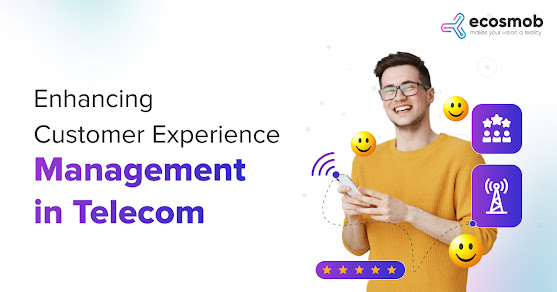Significant browsers including Chrome, Firefox, Safari, Opera, and Microsoft Edge platforms like Android and iOS enable WebRTC Solution Development. Your browser does not need to have any additional plugins loaded because the solution is already included with the browser.
All of these issues are taken care of behind the scenes by WebRTC Software Development, making client-to-client real-time communication easier.
How does WebRTC Works?
The main goal of WebRTC is to enable real-time audio and video communication between users using web browsers to initiate discussions, find one another, and get beyond firewalls.
JavaScript APIs and HTML5 are used by WebRTC, which is integrated within a browser. The following are some of a WebRTC application's usual features:
● Send and receive audio and video streams.
● Retrieve the network configuration information required to send and receive data to another client using the WebRTC API, such as IP addresses, application ports, firewalls, and NATs (network address translators).
● Connect or disconnect and report issues.
● Transmit media data, such as video codecs and image resolution.
WebRTC offers the following APIs that can be used in web applications to send and receive streams of data:
● For audio and video communications, encryption, and bandwidth management, use RTCPeerConnection.
● For the transfer of general data, use RTCDataChannel.
● MediaStream allows users to view multimedia data streams from shared desktops, webcams, microphones, and digital cameras.
The Web Real-Time Communications Working Group and the Internet Engineering Task Force are actively creating a set of standards for the use of WebRTC in software.
Types of APIs used in WebRTC development
A few years ago, C/C++ would have been used to create a WebRTC solution that permitted voice or video calling. Long development periods and hefty development expenditures would be involved. That all changes with WebRTC, which substitutes a Javascript API for C/C++.
There are mainly three APIs mentioned below:
● Get User Media API
● Data Channel API
● Peer Connection API
Get User Media API: It is used to get access to Camera, Mic, and other display devices.
Data Channel API: It is used for data communication between two browsers.
Peer Connection API: It is used to send the media on the network with decoding and encoding tasks of media and provides security.
WebRTC Security
Security issues and WebRTC leaks are frequently raised about WebRTC. End-to-end WebRTC encryption or, to provide an example, custom WebRTC development is, however, a possibility.
Because real-time communication necessitates that WebRTC connections be built somewhat differently than internet communication connections, there are numerous layers of WebRTC security, and WebRTC encryption is required.
WebRTC Solution is more challenging for developers even though it is secure for end users. All WebRTC sessions must adhere to the Secure Real-Time Protocol (SRTP) encryption standard and other security regulations. Additionally, the Internet Engineering Tasks Force (IETF) guidelines prevent the creation of WebRTC connections that are not encrypted.
Regardless of the operating system, each device is running, WebRTC software development enables quick and secure communication between them. Where audio, data, and video can all be used for communication. It is used to do away with the requirement for additional communication software.
About Ecosmob
Ecosmob provides the service to hire expert VoIP developers to design and develop an array of business communication solutions. With the right blend of expertise and decade-long experience, developers can deliver the ultimate business telephony solutions to enhance productivity and efficiency. Ecosmob assures flexible hiring models to help businesses cater to their requirements according to their needs and budget.
To know more visit https://www.ecosmob.com/





No comments:
Post a Comment